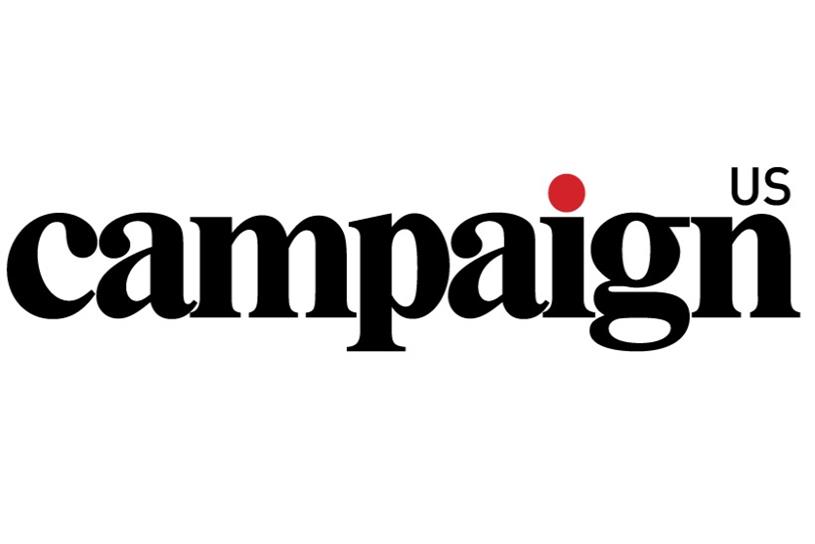Month: February 2022
5 Interesting Holiday Advertising Trends in 2021
The Data Revolution Driving Brand Safety, Diversity & Inclusivity On Social Video
The Future of Video Ads
Youtube video ads and video for social media ads are becoming increasingly popular in the advertising world. You can hardly watch something online these days without first seeing an ad. But are they just a passing trend?
We’re happy to report that the future of video ads is incredibly bright. In fact, Youtube video ads should absolutely be a part of your advertising strategy if they aren’t already. Here are just a few reasons why video ads are the future of marketing.
BENEFITS OF VIDEO ADVERTISING
Here are just a few reasons why video ads are the future of marketing.
1. Video Ads Humanize Your Brand
More and more, we see that consumers prefer and respond better to a more personal approach to advertising. Video advertising is the perfect medium for this more personal, human method.
Video ads allow you to tell a story and influence your audience’s perception. You can show them around your warehouse to see the quality of your product firsthand or create a vlog to experience a “day in the life” with you. You can help your audience see you as human and relatable through video.
Forbes reports that customer testimonials, tutorial videos, and demonstration videos are the three most effective types of video marketing. Having influencers and consumers create testimonials, or how-to videos of your products associates an already trusted face to your brand. Rather than feel marketed to, consumers are more likely to feel that they are receiving a recommendation from a friend.
2. Video Ads Are Infinitely Shareable
Video ads are the future because they can be shared and gain traction on their own. Incredibly, 92% of mobile video consumers share videos with others. Video advertising is the most likely content type to be shared on social media.
These are organic (free) engagements that push your content to more and more people. Not only can they be shared over and over, but when a video gains traction, your advertising costs can remain low because you aren’t paying users for engagement. A good video ad will spread by itself.
Perhaps the most exciting aspect of video ads is the lasting impact they can leave. A Small Business Trends article reports that “80% of users recall a video ad they viewed in the past 30 days.” If you can create a video ad that goes viral or becomes a meme, your ad could remain popular on the internet for a long, long time. A Small Business Trends article reports that “80% of users recall a video ad they viewed in the past 30 days.”
3. Video Ads Provide a Better Return on Investment
The most compelling argument for Youtube video ads is in the numbers. Here are just a few statistics that demonstrate how profitable videos for social media ads truly are:
- 88% of marketers are satisfied with the return on investment (ROI) of their video marketing efforts on social media. Here are just a few statistics that demonstrate how profitable videos for social media ads truly are:
- 77% of consumers say they’ve been convinced to buy a product or service by watching a video.
- Businesses using video grow company revenue 49% faster year-over-year than organizations without video.
How could video not be the future of video advertising with numbers like these? It’s simple. Videos drive sales.
Find the Content for Your Brand
The future of TV advertising is changing because video ads have evolved to be much more personal than TV ads have ever been. It’s so much easier to target demographics and create personal and humanizing ads that your audience can identify with.
Before, audiences could only engage with TV ads by watching them when they ran during commercial breaks. Now, people can share, like, and comment on video ads.
It’s safe to say that the future of video ads is incredibly profitable and is perhaps the most effective advertisement mode on social media.
For more information about using YouTube video ads as part of your advertising strategy, check out the rest of our site or contact us today.






